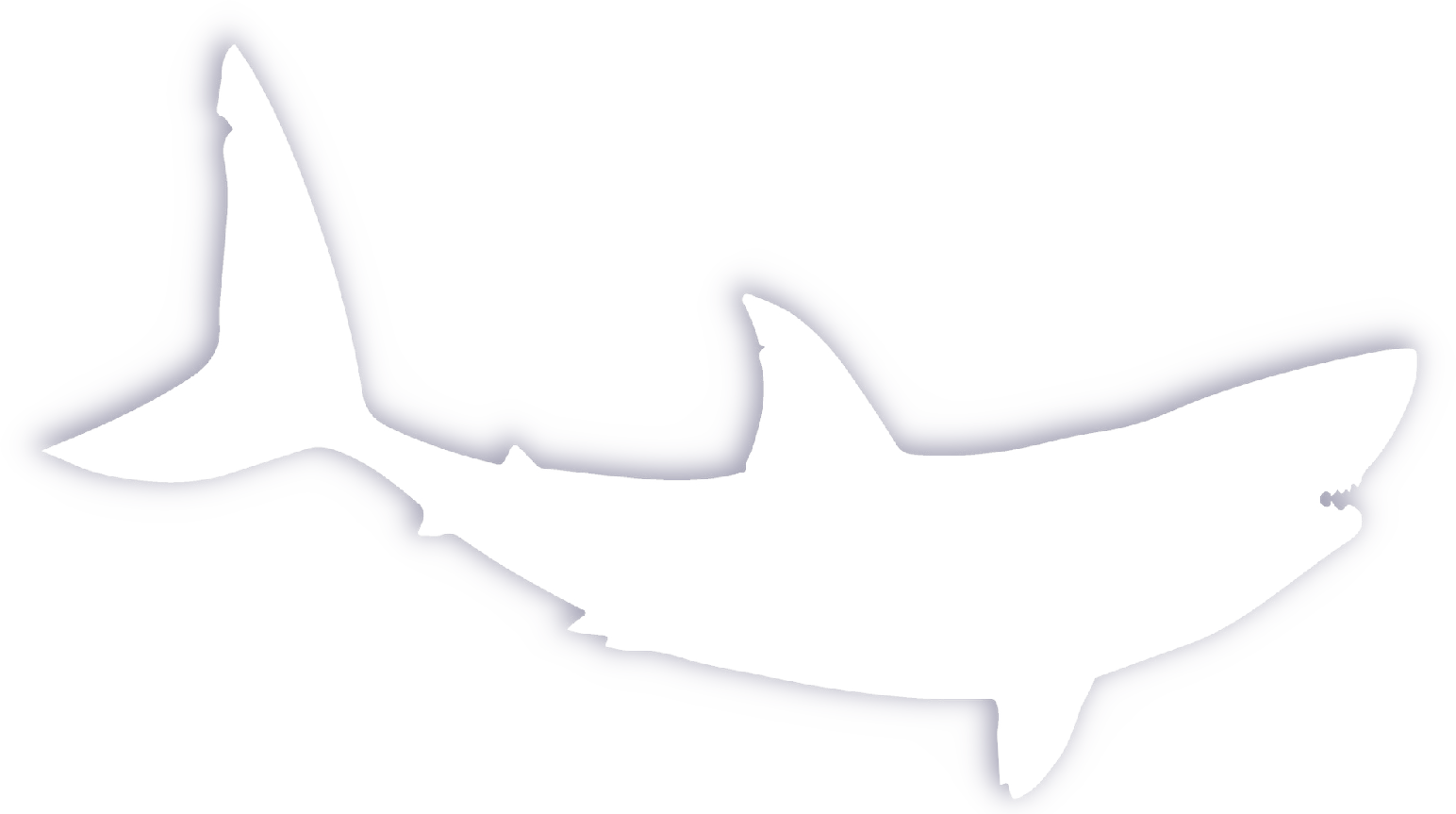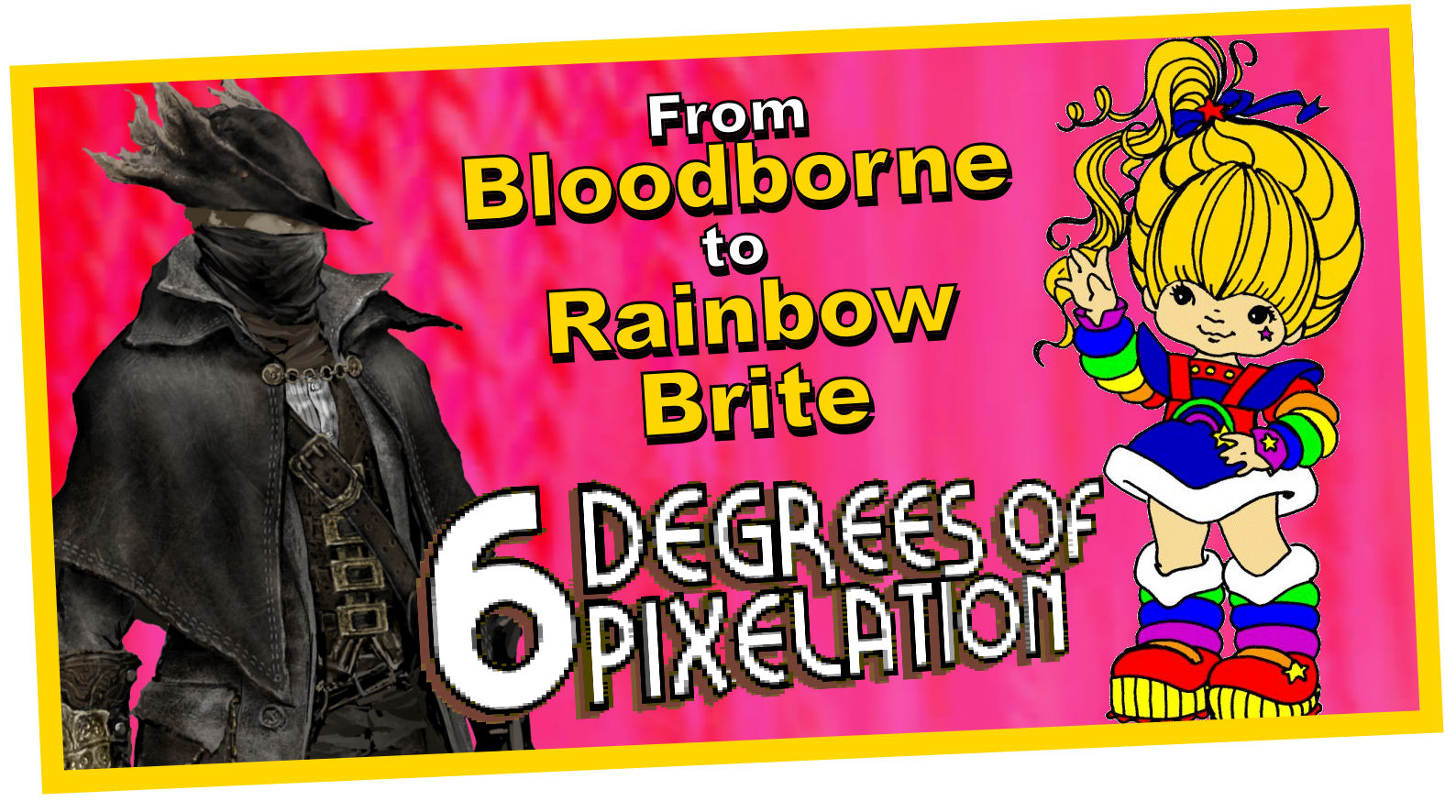Red Dead Redemption Can Be Connected to Drop Dead Fred? – 6 Degrees of Pixelation
Welcome to Burning Books. I’m Caleb, and I want to help you love video games even more.
This is 6 Degrees of Pixelation, the show that brings the social theory 6 degrees of separation to video games
Today I’m showing you the connections between two seemingly unrelated entities. The 1991 movie Drop Dead Fred about a young girl’s brash and annoying invisible childhood friend coming back to her in adulthood and Red Dead Redemption, the Rockstar Games open world cowboy shoot em and trample em extravaganza. And with Red Dead Redemption 2 just around the corner, it makes sense to take in all the Red Dead goodness you can.
I love the musicality of language. Rhyme, alliteration, onomatopoeia, it’s all good-a with a me-a…
And it’s that love alone that’s prompted me to attempt connecting kinda rhymie Drop Dead Fred with Red Dead Redemption. The promised stimulation, the temptation to stretch Fred to Red Dead is honestly stopping me from better obligations, but these wetter libations make for a headspace lead by the dread of dropping dead before tethering Drop Dead Fred to Red Dead for my own Redemption.
That’s right, I won’t be redeemed as a person until I connect Drop Dead Fred to Red Dead Redemption through a series of tortured associations. Why? No reason. But it’s fun to pretend that I’ve failed to fulfill obligations to some very quirky mob bosses who deal exclusively in disconnected pop culture references, so let’s go with that.
Drop dead Fred is a 1991 comedy that asks the question, what if your childhood imaginary friend came back to you in adulthood? And of course the logical answer is, awesome stuff would happen! Can you imagine how fun it would be to walk into your grown up office job doing exactly what you did in childhood, which is of course trying to convince your childhood therapist that the imaginary friend voices in your head are real and that you’ll do anything to make them stop, even, yes, setting fire to your therapist’s neighbor’s trash can because that guy won’t keep is damn lawn mowed… You know, standard therapist stuff, right?
Okay, so maybe we had different childhoods, but surely we both fell asleep every night to the sounds of Freddy Krueger’s victims being murdered because your parents strapped you to your bed and put the vhs tape on loop… Again, no?
1. Drop Dead Fred to Freddy Krueger
According to IMDB trivia, drop dead Fred wouldn’t have existed without the help of Freddy Krueger.
The Drop Dead Fred movie production company searched everywhere for a US distributor, but was turned down because the movie was apparently “a depressing children’s movie on drugs” and “horseshit.” Come on it’s not that bad. Dogshit, maybe. But a big dog with bowel problems, I’ll grant you that.
Finally New Line Cinema was offered distribution rights, and they too offered an animal shit opinion, except for one executive, one hero, named Sara Risher who saw the movie as a comedic reversal of Freddy Krueger, the central character in New Line Cinema’s Nightmare on Elm Street franchise. This association fueled her passionate appeal which eventually lead to a young Caleb watching Drop Dead Fred at too young an age to understand what Fred meant when he whispered “cobwebs” while pointed up an old lady’s dress, but it didn’t stop that same young Caleb from whispering “cobwebs” while pointing at strangers’ crotches in public. I was right to be in therapy.
But there are more heros in this world than just Sara Risher. Freddy Krueger also lead to an animal shit of a Nintendo game called Nightmare on Elm Street distributed by LJN and developed by Rare, yes, the very same LJN and Rare responsible for the Who Framed Roger Rabbit game.
2. Freddy Krueger to Who Framed Roger Rabbit
If you are like me, you think of the crappy games publisher LJN and legendary games developer Rare as completely unrelated, or if related, very distant cousins, the kind of distance you’d own up to, but only because having a 5th cousin twice removed who trained parrots to be racist is a great story to tell at parties. Yes, in this case you are Rare and LJN trained the hatebeaks.
Rare’s 1989 Nightmare on Elm Street NES game was Freddy Krueger’s first video game appearance. And it’s a bad game. In fact, most LJN games are. So bad that Cygnus Destroyer has a great video series called LJN Defender in which he tries to examine LJN titles objectively. It doesn’t usually work out for the games.
But strangely, Rare, the developer behind classics such as GoldenEye, Battletoads, the Donkey Kong Country series, and Banjo Kazooie, developed a lot of terrible LJN titles. The Amazing Spider-Man, Beetlejuice, a bunch of wrestling games, and that same year as Nightmare on elm Street, LJN published the Rare developed title Who Framed Roger Rabbit, based on the movie based on the surprisingly great book. Seriously, the book is a solid detective story. If you like Looney Toons and Merrie Melodies cartoons and Sunday Funnies type comic strips, you’ll really like this book.
But liking those things won’t help you like Who Framed Roger Rabbit the game. In it, you play as detective Eddie Valiant, exploring Toontown in search of lost pieces of a will. In the movie version of Who Framed Roger Rabbit, Eddie Valiant is played by Bob Hoskins, and this isn’t Hoskins’ only connection to terrible video game adaptations. Yep, he played Mario in the Super Mario Brothers movie.
3. Who Framed Roger Rabbit to Mario
His full character name in the movie is Mario Mario. This revelation caused many of us young gamers at the time to realize that parents can sometimes be aholes when naming their children. But according to Mario creator Shigeru Miyamoto, despite Mario being one of the Mario brothers, Mario’s full name isn’t Mario Mario:
“just like Mickey Mouse doesn’t really have a last name, Mario is really just Mario and Luigi is really just Luigi.”
Sure Miyamoto, you can say that, but if I start trusting the origin stories from every creator, I’m going to have to start pronouncing g-i-f as jiff because that’s how the creator says it’s pronounced, and I am absolutely not doing that. You’ve got to be goking me…It’s pronounced joking?…this world is messed up, I swear to jod!
The Super Mario Brothers movie is just one tiny slice in a larger pie baked almost exclusively with animal shit based video game movies. Double Dragon, Street Fighter, Doom, and so many more, these movies are awful. What may seem like a match made in heaven–video games plus movies–has routinely turned out to be a match made in the opposite of heaven. Branson, Missouri.
Why do video game movies suck? Lots of reasons, but the primary one is that video games that rely on enough story to make a good movie already explored that story in its primary medium. That’s why so often people say the book version is better than the movie version and that the video game version of an existing movie license is subpar. A video game is created as a video game because the creator realized it’s supposed to be a video game.
In fact, we could broaden the topic of movies to the topic of live action video game performances overall. In 1989 the world was subjected to a horrible TV show called the Super Mario Brothers Super Show, which combined a horrible cartoon with live action segments featuring guest stars such as Elvira, Ernie Hudson, Cyndi Lauper, Danica McKeller, and even wrestling superstar Rowdy Roddy Piper.
4. Mario To Rowdy Roddy Piper
Rowdy Roddy Piper is, as all professional wrestlers should be, dead…but before he went down for the 1-2-infinity count, he spent his adult life fighting, fighting against the the top heavyweight wrestlers in the world, hoping to one day reign supreme as the toughest, strongest, most talented person ever to embarrass his family with his chosen profession.
Look, I’m giving professional wrestling crap, but I used to love wrestling. When I was a kid, I even had dreams of producing my own video game magazine. But I didn’t do that. And that’s the point I’m making here.
But in terms of stupid things people do with their lives, Rowdy Roddy Piper did it really well. He did what all of us should aspire to do: appear in video games. I could probably find a way to shift from Rowdy Roddy Piper into the video game world and then into Red Dead Redemption in any number of ways. Piper, or his likeness, has appeared in many video games, not just the obvious wrestling games like WCW/nWo Revenge, WCW/nWo Thunder and many more, but he also appeared in non-wrestling titles including Saint’s Row 4 and the parody flash game Abobo’s Big Adventure. But I’m not going to dive into video games just yet. I instead want to shift to the respectable make-pretend profession: movie acting.
In addition to a wrestling and game personality career, Piper acted in movies with a level of fervor and breadth rarely matched by other wrestlers turned movie actors. It’s not wrong to say Roddy Piper is inspiring, because he quite literally inspired Matt Parker and Trey Stone, creators of South Park…
5. Rowdy Roddy Piper to South Park
Season 5 of South Park brings us the episode called “Cripple Fight” in which the two handicapped characters, Jimmy and Timmy, brawl in an alley for a really, really long time. Well, it seems long as the scene lasts nearly 5 minutes. That’s a quarter of the entire episode. But if this scene were to play out in a longer, feature-length film, then the length wouldn’t seem so strange. And that’s exactly where the fight scene actually first appeared.
The fight between Jimmy and Timmy is practically a frame by frame recreation of the fight between Roddy Piper’s character John Nada and Keith David’s character Frank Armitage from the 1988 movie They Live. Though I couldn’t source why Parker and Stone chose to copy an existing fight scene, I’m guessing it has to do with the time crunch they were under. Trey Parker says about the experience making this episode:
“On this show, I almost had my first nervous breakdown. I was realizing we had a whole season ahead and we had nothing really written.”
So, I assume, they thought to save blocking and choreographing time by mimicking existing material. And they seem to have had fun doing it.
“We animated to the soundtrack of [They Live], so for a while before we put our own sounds in it was Timmy and Jimmy fighting, but with the grunts of Rowdy Roddy Piper.”
But South Park isn’t known for repurposing old movies. Rather, it’s known for using current events to fuel their storylines. And that’s what brings us to Red Dead Redemption.
6. South Park to Red Dead Redemption
Season 6 of South Park brought us the episode called “The New Terrance and Phillip Movie Trailer” which features a parody Russell Crowe character who travels the world, picking fights with people, as part of his TV show called “Fightin’ Around the World with Russell Crowe.” While this gag wasn’t based on a actual Russell Crowe fighting spree, it is based on something even better: simple dislike.
According to Trey Parker this episode was made “just to rip on Russell Crowe” after an incident involving Parker and Stone critiquing Russell Crowe’s musical abilities.
The episode not only lead to me liking Parker and Stone even more, but it also lead to a trophy in the game Red Dead Redemption. The trophy, called Fightin’ Around the World, is earned by knocking out a person in every saloon in the game.
So there it is, 6 Degrees of Pixelation, from Drop Dead Fred to Red Dead Redemption. If you head is fed and you haven’t yet fled I beg you to click the like button and stick beside me by subscribing to never let a video of mine go left behind in your growing queue.
I did it. Redemption!!!
Research/Sources/Credits
By Nico Hofmann – Own work, CC BY-SA 4.0, https://commons.wikimedia.org/w/index.php?curid=48946974
The following are YouTube videos licensed under CC BY 3.0
- Red Dead Redemption footage here and here
- A Nightmare on Elm Street NES Gameplay
- Who Framed Roger Rabbit Part 1
- “Rowdy” Roddy Piper (valentine) vs CM Punk (Kimbo)
Music Credits
- A brief moment of Hatebeak was taken from this clip
- Rhinoceros Kevin MacLeod (incompetech.com), Licensed under Creative Commons: By Attribution 3.0 License, http://creativecommons.org/licenses/by/3.0/
- Overworld Kevin MacLeod (incompetech.com), Licensed under Creative Commons: By Attribution 3.0 License, http://creativecommons.org/licenses/by/3.0/


